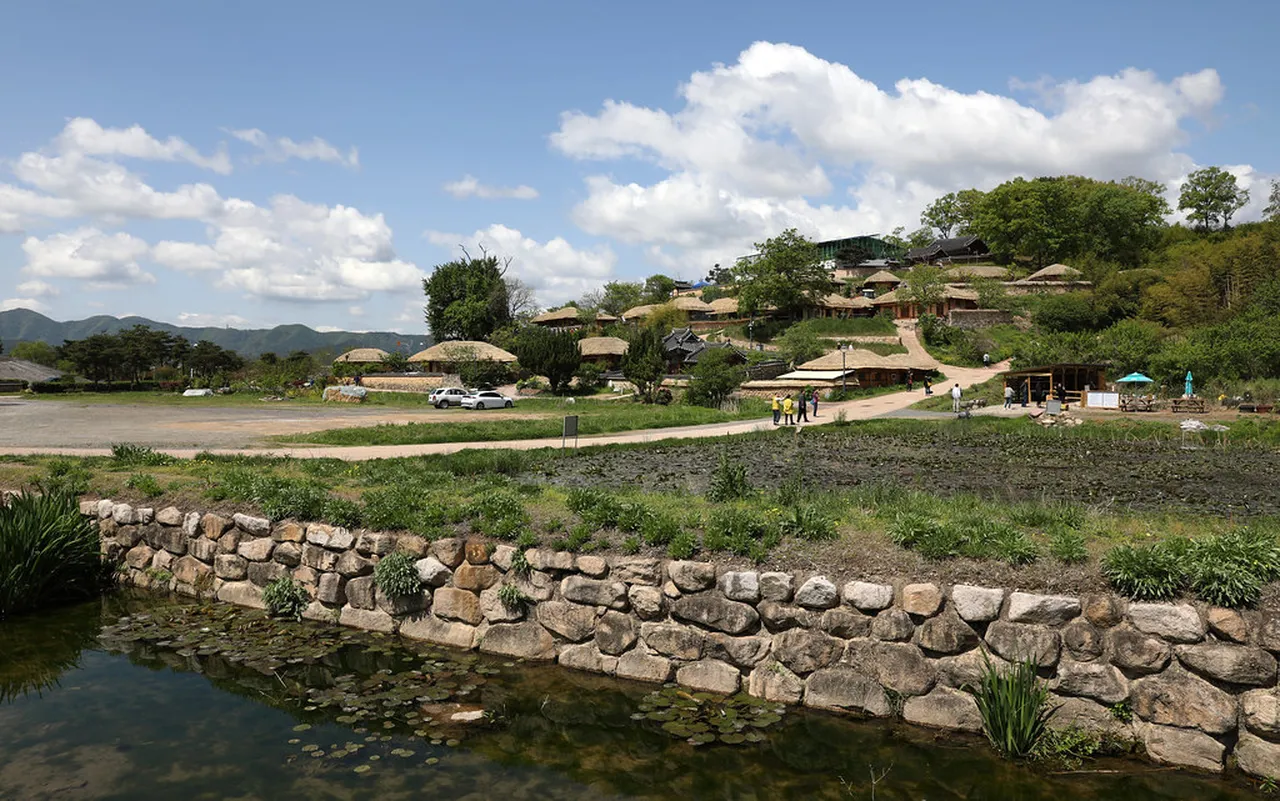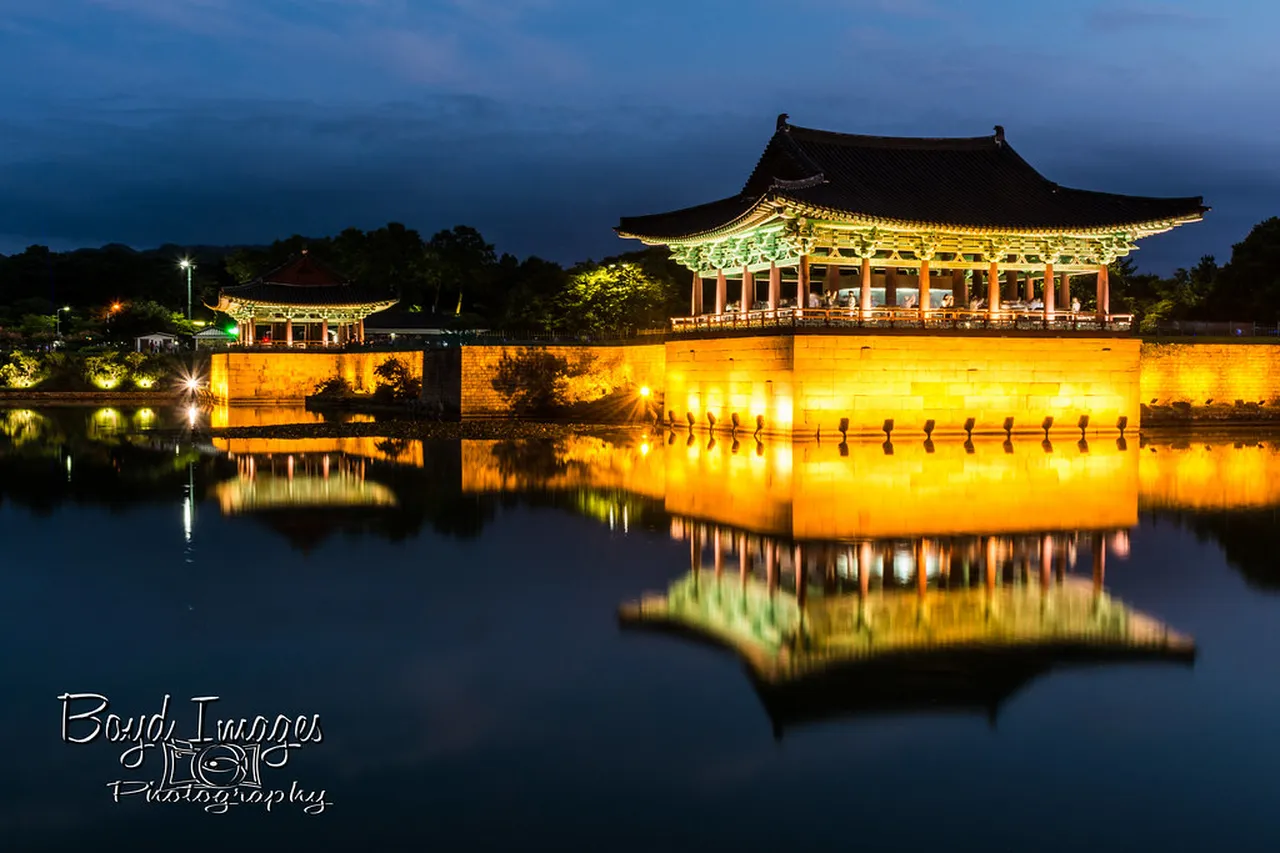
Gyeongju Culture: Explore 10 Unique Experiences
Table of Contents
Gyeongju Culture
Gyeongju, known as the ‘museum without walls,’ is a treasure trove of history and culture that awaits exploration. As the ancient capital of the Silla Kingdom, Gyeongju culture is steeped in traditions that span over a thousand years. From UNESCO World Heritage Sites to vibrant local festivals, this city offers a unique glimpse into Korea’s rich past. In this article, we will guide you through 10 unique experiences that epitomize Gyeongju culture, ensuring that your visit is both engaging and enlightening. Discover the stories, flavors, and traditions that make Gyeongju a cultural gem in South Korea.
Want to find the best travel deals for this destination? adventure planner help with our adventure planning specialist!
1. Discovering Gyeongju’s UNESCO World Heritage Sites

Gyeongju, often dubbed the “Museum without Walls,” is a treasure trove of history and culture. Among the Highlights are its UNESCO World Heritage Sites, which showcase the extensive legacy of the ancient Silla Kingdom. For example, the Historic Areas of Gyeongju encompass remarkable sites like the ancient city of Gyeongju, the Seokguram Grotto, and the stunning Bulguksa Temple.
Furthermore, these sites tell stories of a bygone era, giving visitors a glimpse into Korea’s rich past. As you walk through these historical Landmarks, you will undoubtedly feel the weight of history surrounding you. To better appreciate the significance of these sites, consider joining a guided tour!
2. Experiencing Traditional Korean Cuisine in Gyeongju

Food plays an integral role in experiencing Gyeongju Culture. Traditional Korean cuisine, which is both flavorful and visually appealing, can be enjoyed at various local eateries. You must try the Gyeongju bread (Hwangnam-ppang), a delicious red bean-filled pastry that is particularly popular among tourists.
Moreover, dishes like bibimbap, a mixed rice dish topped with vegetables and beef, can be found throughout the city. To enhance your culinary journey, look for restaurants that offer a traditional dining experience, complete with hanok (Korean wooden house) settings. Not only will you savor authentic flavors, but you’ll also immerse yourself in Gyeongju’s unique cultural atmosphere.
3. The Ancient Tombs of Silla: A Journey into the Past

One of the most fascinating parts of Gyeongju’s Culture is exploring the ancient tombs of the Silla dynasty. Scattered throughout the city, these tombs hold valuable insights into the history and traditions of the Silla people. A visit to the Daereungwon Tomb Complex is necessary, where you can see the famous Cheonmachong Tomb with its exquisite artifacts.
While wandering among the earthen mounds, you can truly feel a connection to the past. If you are interested in archaeology and history, Gyeongju’s tombs offer an unparalleled experience. Additionally, keep in mind that guided tours often provide in-depth knowledge that enriches your visit.
4. Exploring Bulguksa Temple: A Masterpiece of Buddhist Architecture

Nestled amidst the picturesque mountains of Gyeongju, Bulguksa Temple stands as a stunning testament to the artistry of ancient Korea. Recognized as a UNESCO World Heritage Site, this temple is renowned for its intricate designs and spiritual significance. As you stroll through the temple grounds, you will encounter a harmonious blend of nature and sacred architecture.
While visiting, be sure to admire the Seokgatap and Dabotap pagodas, which are architectural symbols of Gyeongju culture. Moreover, the temple’s serene ambiance invites reflection, allowing visitors to appreciate its profound history. Consequently, many travelers find this site to be a spiritual sanctuary where history and tranquility converge.
An Insight into Gyeongju’s Historic Folk Villages
Insider Tip: Get the most out of your Gyeongju visit with guided tours!

When exploring Gyeongju’s rich heritage, don’t miss the opportunity to visit its historic folk villages. These charming communities provide a glimpse into the traditional lifestyle of the Silla dynasty, showcasing authentic architecture and local customs. In particular, the Yangdong Folk Village is a highlight, featuring well-preserved hanok houses and picturesque landscapes.
As you wander through the village, you’ll notice locals engaged in traditional crafts, such as pottery and weaving. This cultural immersion offers a unique chance to learn about Gyeongju culture firsthand. Additionally, the experience allows for meaningful interactions, deepening your understanding of this historical region.
The Gyeongju National Museum: Preserving Heritage and Art
The Gyeongju National Museum serves as a cornerstone for preserving Gyeongju’s rich cultural heritage. This museum hosts a vast collection of artifacts from the Silla dynasty, providing valuable insights into ancient Korean history. Visitors can explore artifacts ranging from gold crowns to pottery, each piece telling its own unique story.
Moreover, the museum is designed thoughtfully, enhancing the overall experience. Exhibit descriptions are informative, making it easy for all visitors to grasp essential historical information.
For a deeper understanding of Gyeongju culture, consider joining a guided tour.
Overall, a visit to the Gyeongju National Museum is an enriching experience that no traveler should miss.
7. Participating in the Gyeongju Cherry Blossom Festival
Tip: Discover the best Gyeongju experiences with Viator Tours!
Every spring, Gyeongju transforms into a breathtaking canvas of pink and white as cherry blossoms bloom. The Gyeongju Cherry Blossom Festival is a must-visit event that attracts both locals and tourists alike. Generally held in early April, this festival celebrates the fleeting beauty of the cherry blossoms in full bloom.
Visitors can stroll through the serene paths lined with cherry trees, participate in cultural programs, and enjoy delicious street food. Moreover, the festival also features traditional performances that showcase the rich Gyeongju culture. Evenings are particularly magical, as the blossoms are beautifully illuminated.
Don’t miss the breathtaking photo opportunities that the festival offers!
8. Discovering the Ancient Astrological Stone of Cheomseongdae
One of Gyeongju’s most iconic Landmarks is the Cheomseongdae, the oldest astronomical observatory in East Asia. Built during the Silla Dynasty, this unique stone structure stands at 9.7 meters high and consists of 362 stones, representing the days of the year. This observatory not only served as a tool for studying astronomy but also reflects the advanced scientific understanding of the Silla people.
Visiting Cheomseongdae offers a glimpse into the past. As you explore the area, notice how this ancient observatory harmonizes with the natural surroundings. Additionally, it’s a place for visitors to appreciate the blend of nature and greatness of ancient architecture.
A visit to Cheomseongdae is essential for appreciating Gyeongju culture and history.
9. Enjoying Traditional Music and Dance Performances in Gyeongju
Experience the enchanting world of traditional Korean culture by attending music and dance performances in Gyeongju. Various venues throughout the city regularly host captivating shows that highlight the rich heritage of the region. From the graceful movements of traditional dancers to the beautiful sounds of gugak (traditional Korean music), each performance tells a story of Gyeongju’s history.
Moreover, participating in these events is a fantastic way to immerse oneself in Gyeongju culture. Look out for festivals that feature these performances, as they often occur in picturesque settings like temples and parks. Engaging with local artists and performers not only enriches your understanding but also provides memorable experiences.
Be sure to check the event schedules and enjoy Gyeongju’s cultural tapestry!
10. The Beauty of Tumuli Park: Walking Through Royal Tombs
Tip: Discover the best Gyeongju experiences with Viator Tours!
Tumuli Park, a serene haven located in Gyeongju, is a brilliant representation of Gyeongju Culture and its royal heritage. This historic site is home to numerous ancient tombs from the Silla Dynasty, showcasing the grandeur of Korea’s past. As I strolled through the park, I was mesmerized by the lush greenery and the distinctly shaped earthen mounds that housed the remains of noble figures.
The most notable feature here is the Daereungwon Tomb Complex, where visitors can witness the impressive burial mounds. For instance, the large mound known as the Cheonmachong is particularly intriguing, as it was excavated to reveal a rich collection of artifacts. Thus, transitioning from one mound to another, I felt as if I was walking through time, experiencing the reverence and respect accorded to the ancient rulers of Gyeongju.
In addition, Tumuli Park serves as an educational site. It offers guided tours that enrich your understanding of the history and significance behind the tombs. These tours encourage an appreciation of Korean heritage while enjoying the tranquil atmosphere of the park.
Gyeongju culture offers a remarkable blend of historical depth, artistic expression, and culinary richness that captivates every visitor. From wandering through ancient temples to savoring traditional dishes, each experience adds a layer to your understanding of this unique city. As you Explore Gyeongju, let its timeless beauty and cultural heritage inspire your journey. Are you ready to uncover the hidden gems of Gyeongju? Share your thoughts and experiences in the comments below, and let’s celebrate this cultural wonder together.